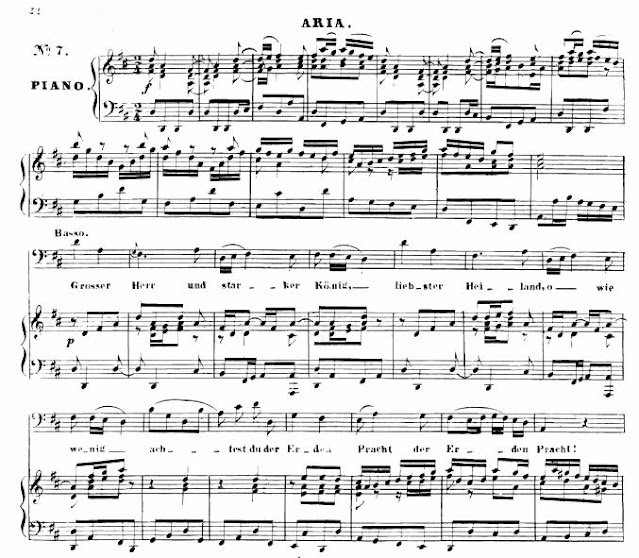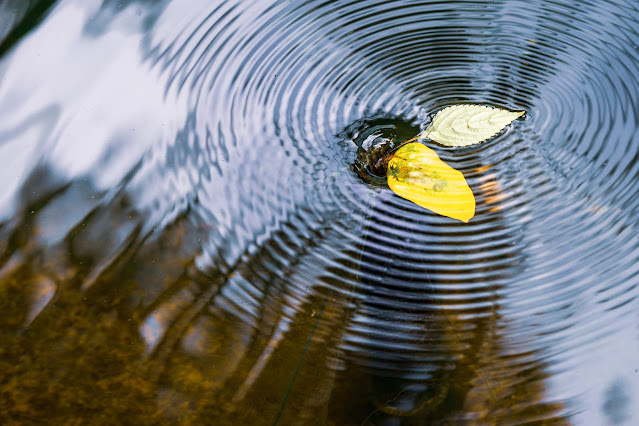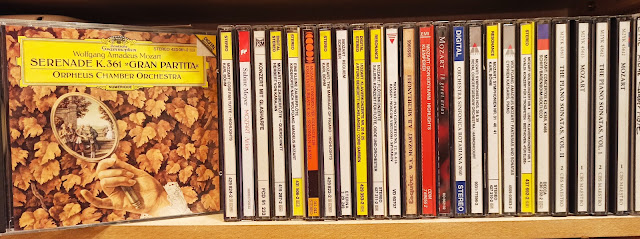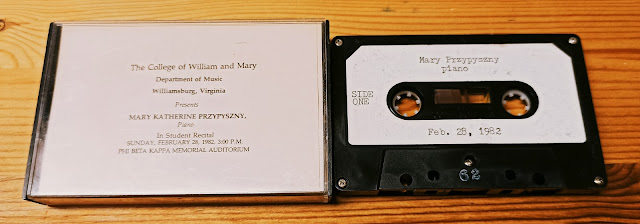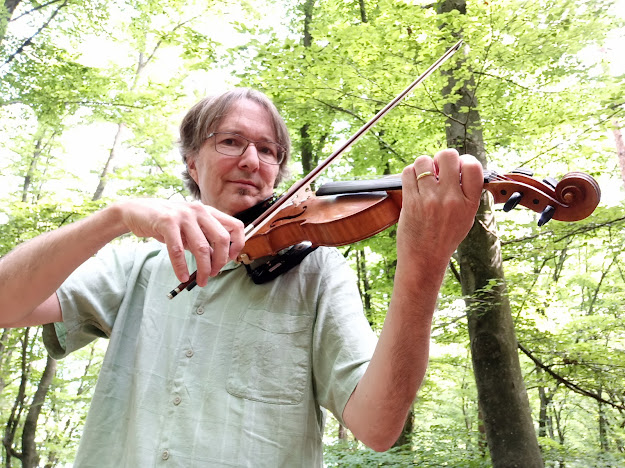Allegri's Miserere

Even before I learned to enjoy singing in a choir, I had sung in choirs. From the time I was 10 I had tried to make my voice blend into several choirs - Presbyterian, Episcopalian, ecumenical, academic. However, due to a lack of vocal training, no ability at sight-singing and too little experience with creating harmonies with other voices, I usually stuck out as the fifth harmonic (?) voice. I finally realized it was probably because as a child I had heard my father singing the bass harmonies in church. And later when my own voice had changed to a baritone, I could no longer comfortably sing the melody, which was the only part I knew. It wasn't until I started singing with the Stuttgarter Liederkranz when I was 40something and was surrounded by 30 other basses that singing became fun - and easy! For the past two years I've been singing with great joy and pleasure in the Untertürkheimer Kantorei. At present, however, due to the lock-down we are not allowed to rehearse and no






